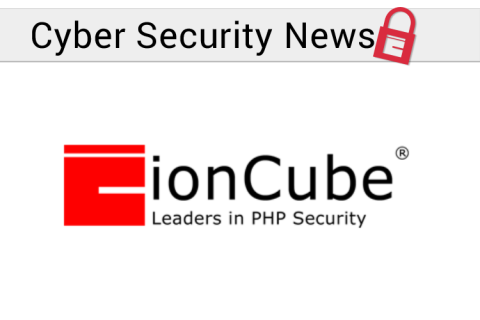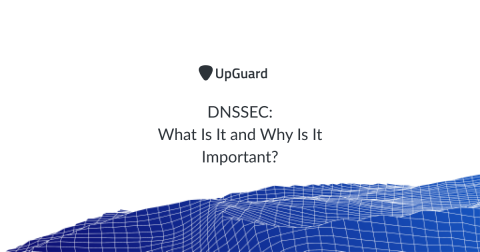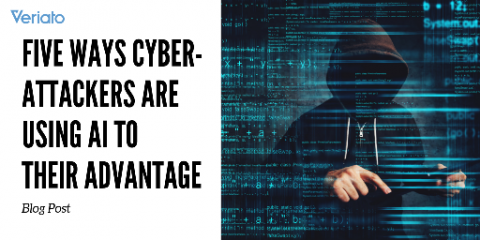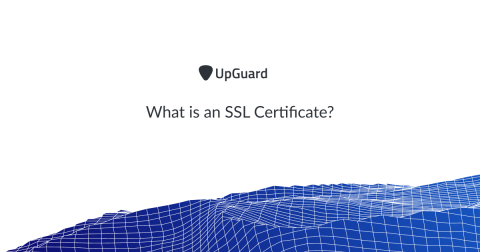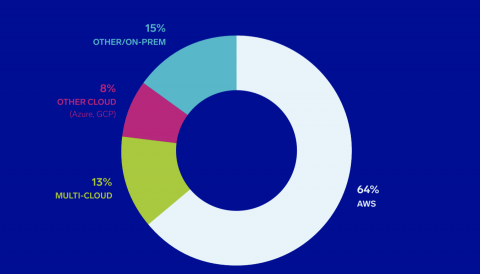Weekly Cyber Security News 13/09/2019
A selection of this week’s more interesting vulnerability disclosures and cyber security news. Wikipedia’s DDOS attack hit the news this week, and their plight drew an amazing donation to help further their defensive capabilities.


